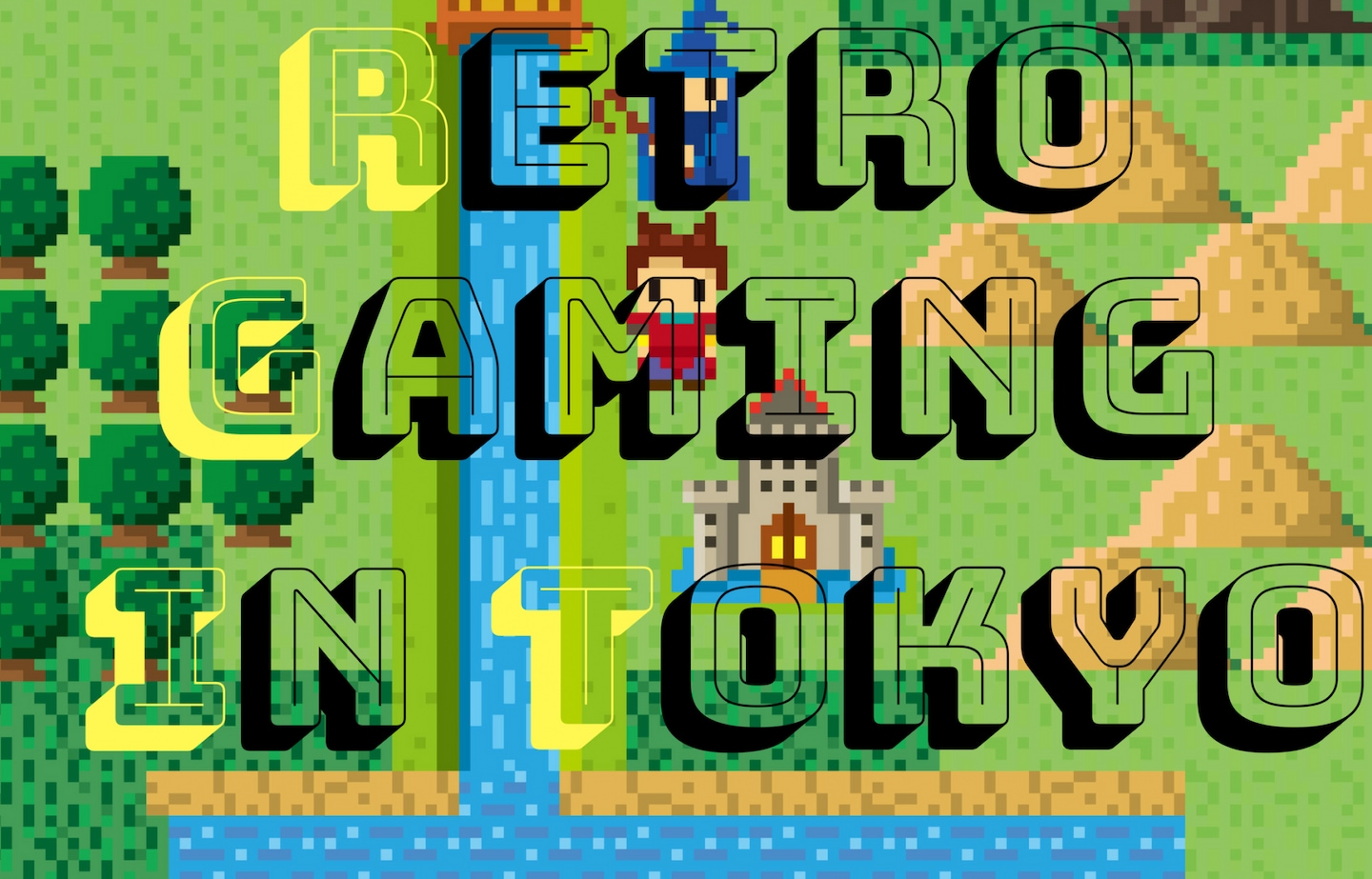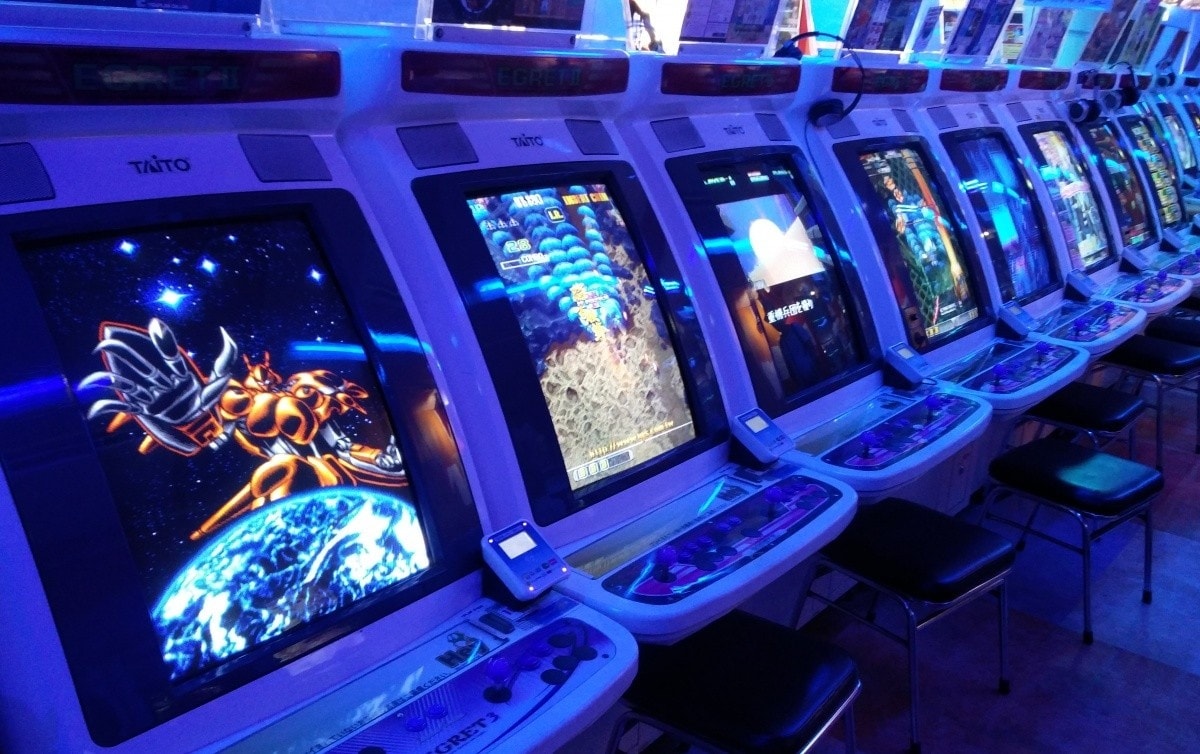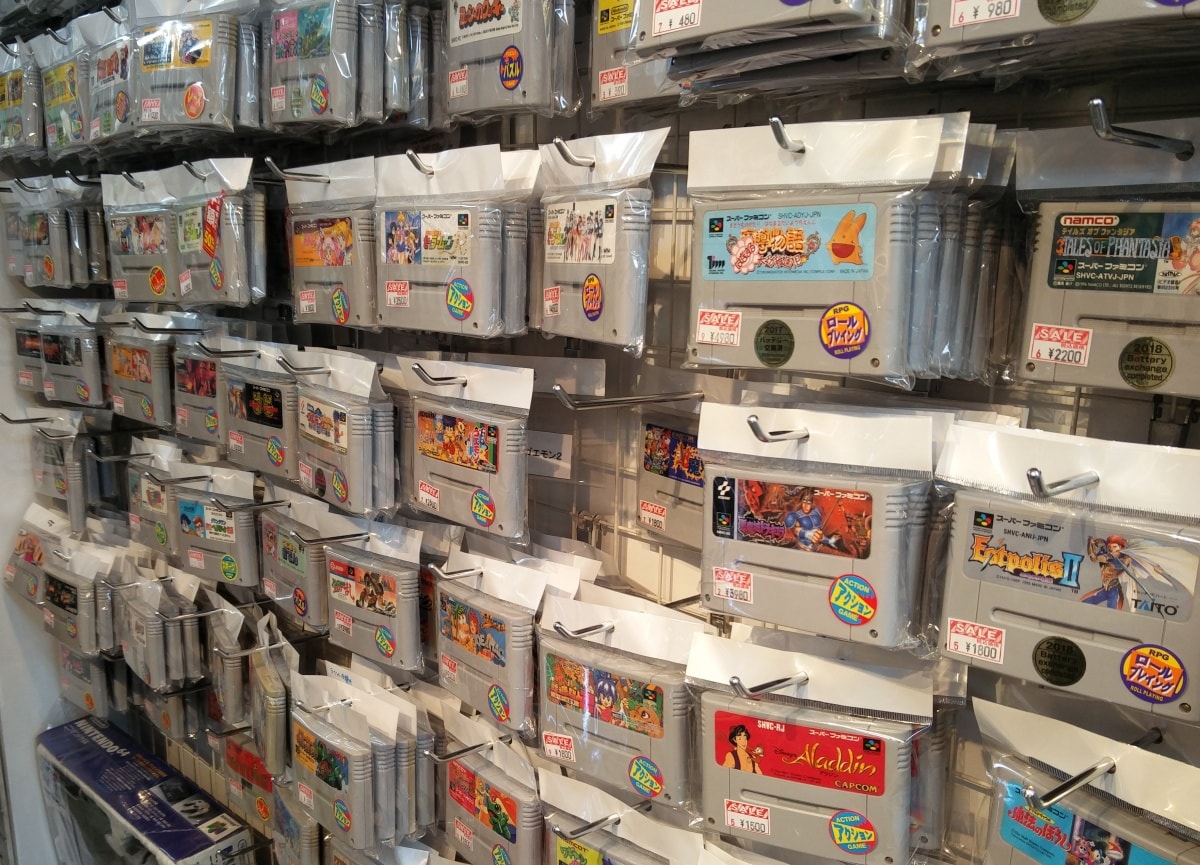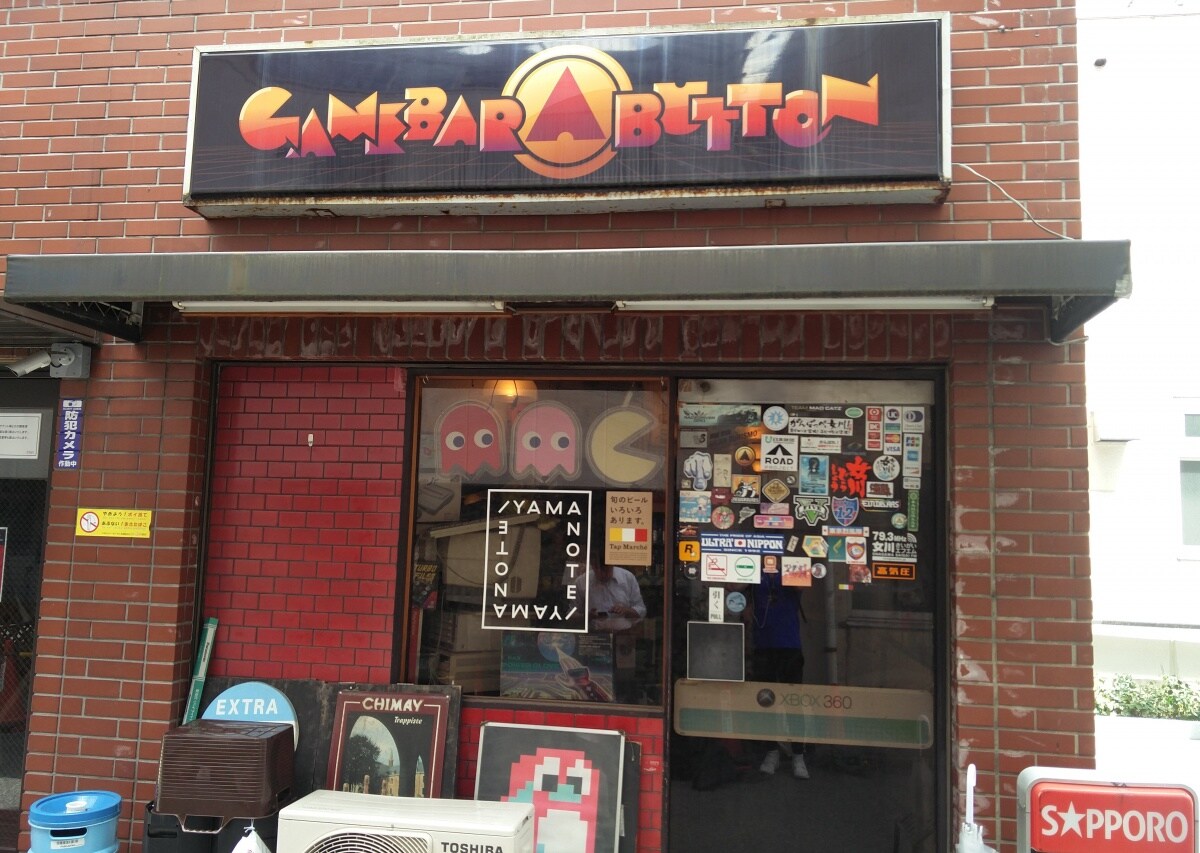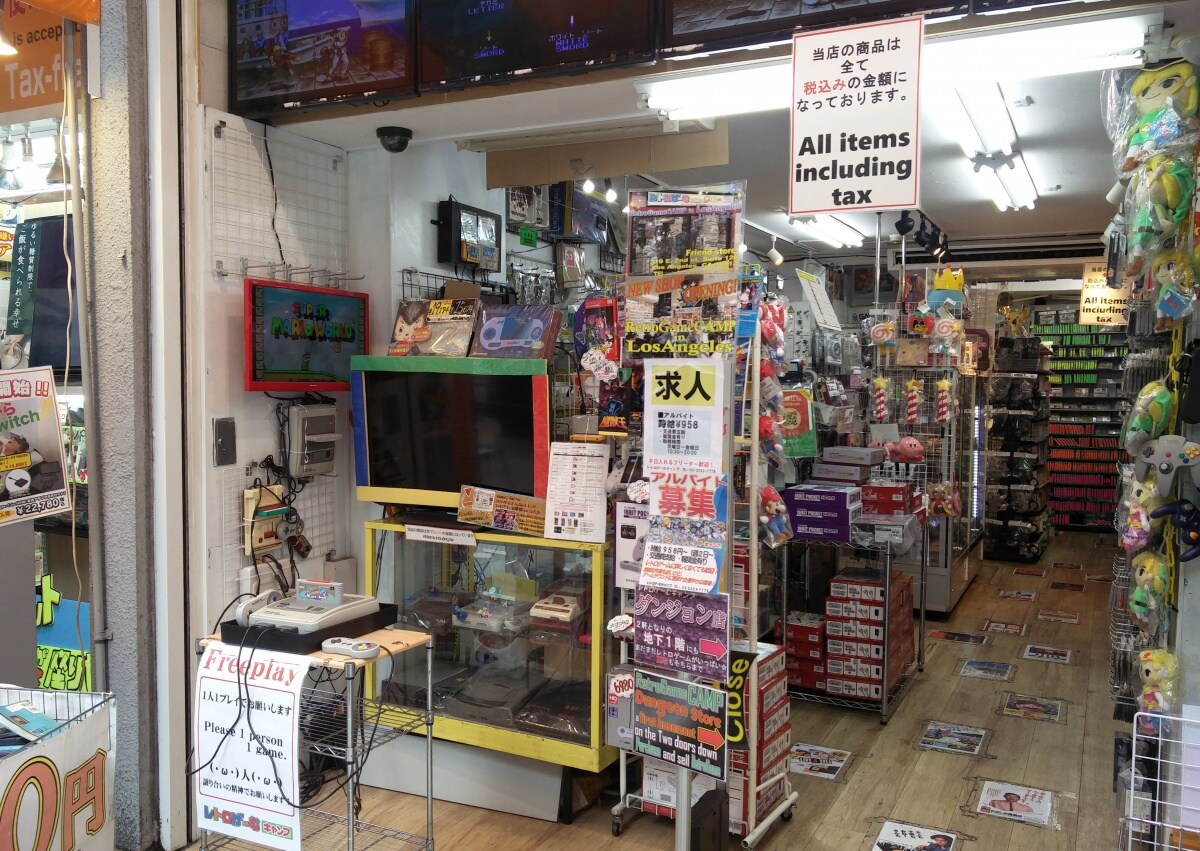Retro Gaming Havens in Tokyo
When arcades hit the world stage, they hit Japan hard! The arcade scene has flourished here since its Golden Age heyday in the late '70s and early '80s. While arcades and gaming as a whole have become more technologically sophisticated, Japan is practically unparalleled when it comes to the preservation of retro games.
By DavidSince its humble genesis with the creation of the smash-hit PONG, the gaming industry has grown into an economic behemoth, one that, according to a report from SuperData, generated over $100 billion in 2017—far surpassing both the music industry and Hollywood combined. Globally, much of the focus is on the mass-consumer mobile gaming market and the more hardcore, yet still very extensive console and PC gaming markets. The old-school arcade, the bedrock from which this multifaceted industry spawned, is commonly viewed as relic of the past in the western world, appealing only to a niche crowd of nostalgia-fueled gamers and the occasional "barcade." In Japan however, arcades are still very popular, and the ubiquity of thrift shops and secondhand stores means that the country is littered with outlets where you can get your retro gaming fix.
So without further ado, let's count the ways we can find ourselves blissed out in retro gaming nirvana!
Tokyo's Retro Gaming Mecca
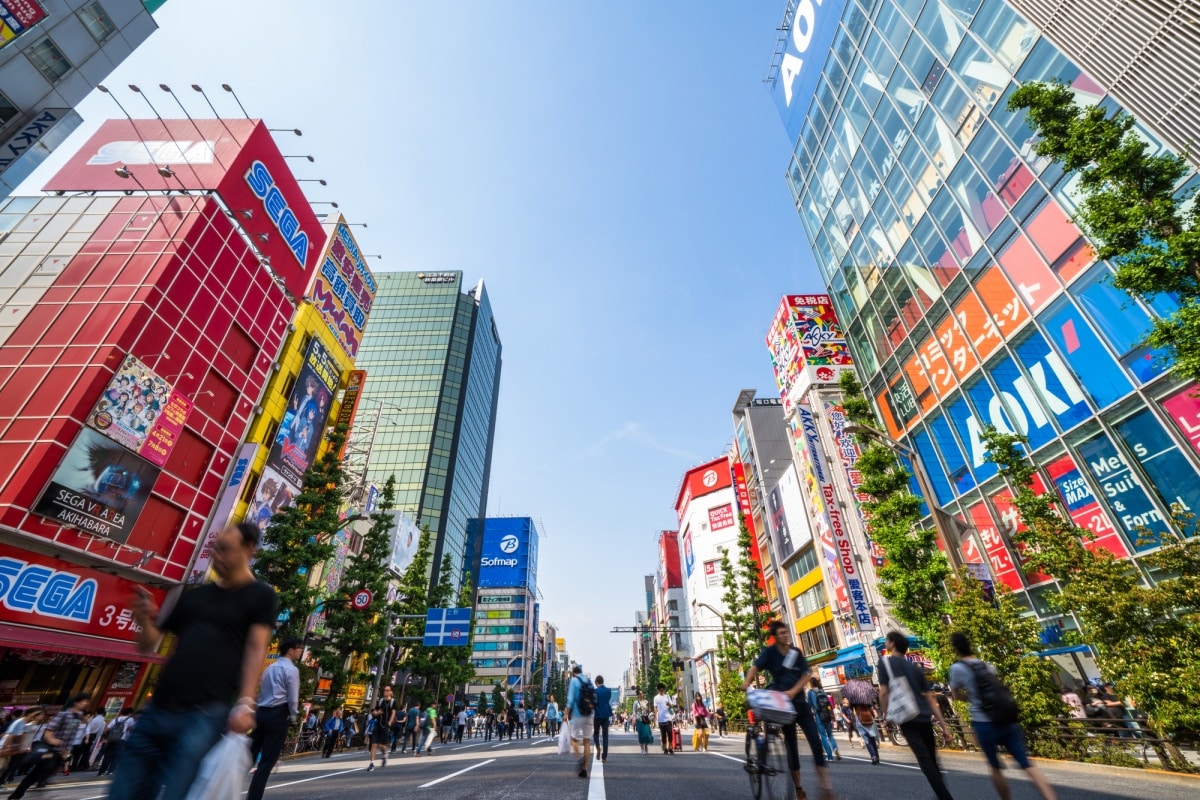
https://pixta.jp
Of course, we're going to start in Tokyo's otaku haven—Akihabara (秋葉原), affectionately known as "Akiba." No country embraces video games in the way Japan does, and Akihabara is living proof! As synonymous with gaming and electronics in Japan as Hollywood is with movies in the U.S., this mecca of multi-colored towers and neon lights provides arguably the world's largest outlet for retro gaming. Akihabara is like a cross between a carnival and a museum, and it should be the first destination for any video game fan who finds themselves in Tokyo.
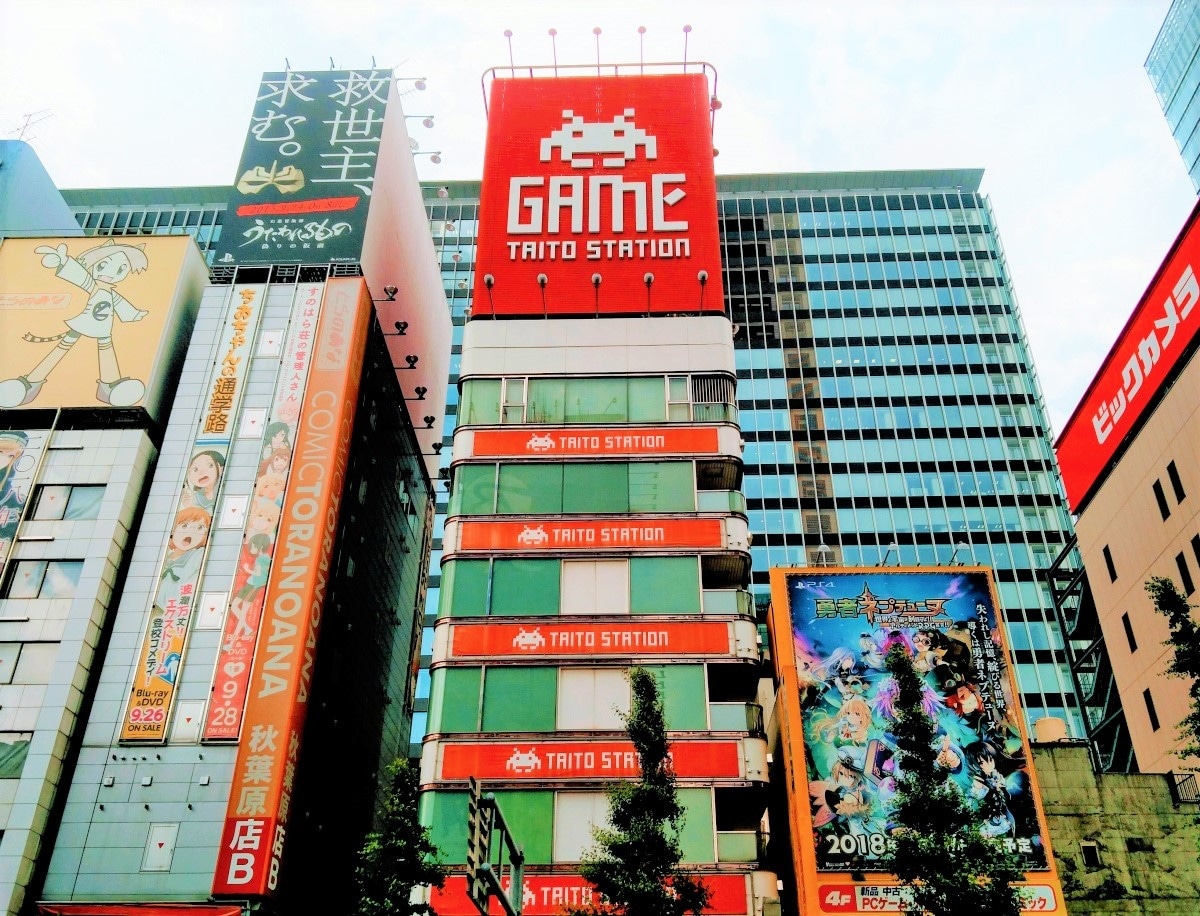
Taito Game Station
Taito is one of Japan's largest video game corporations and has been influential in the arcade business since the late '70s when they created Space Invaders. There are two Taito Games Stations on Akihabara's main avenue, Chuo Dori. The larger one is instantly recognizable as one of the stand out buildings in Akihabara. It's multi-tiered, with a bright red visage that sports one of the titular aliens from their iconic franchise.
While it is certainly worth your patronage (after all, they have VS. Super Mario Bros), the real joy is to be found in the Hirose Entertainment Yard (HEY) Taito Game Station, which has an extensive, mouth-watering collection of retro arcade cabinets. It is a nostalgic, neon-lit cavern displaying a wide range of classic titles that belong in the pantheon of video game greats—including Crazy Taxi, Street Fighter 2 and Super Bomberman, to name just a few.
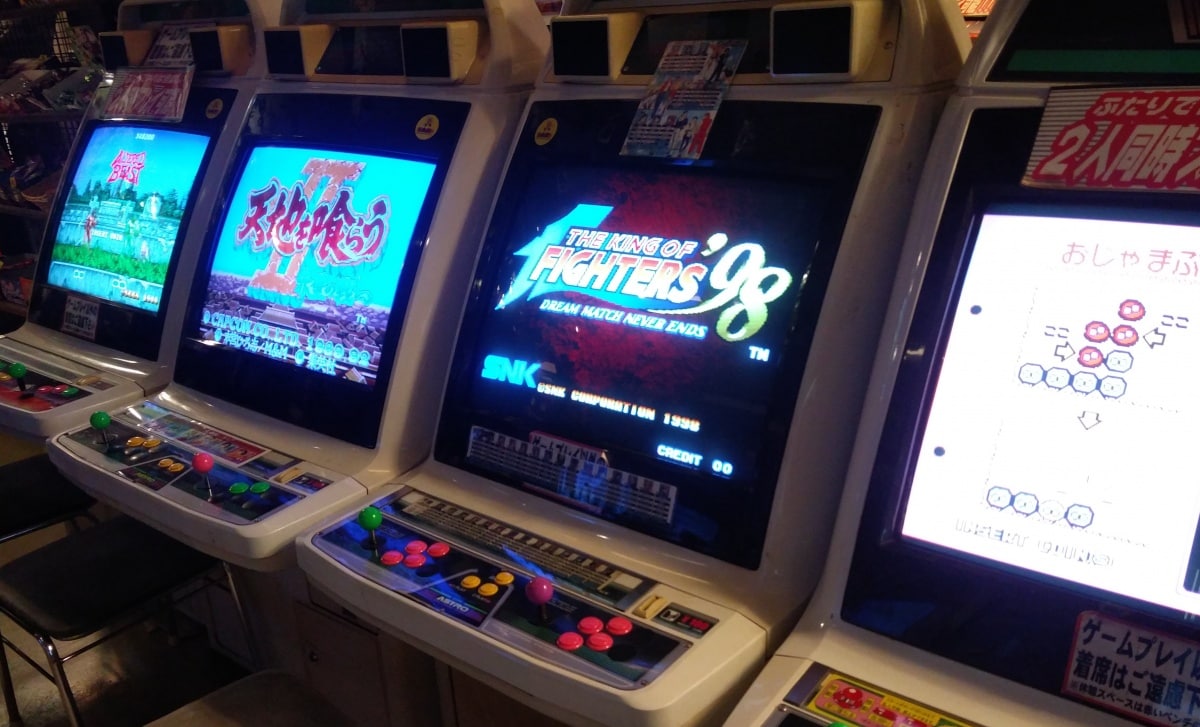
Super Potato
Veer slightly off the main strip of Akiba and you'll find Super Potato. This delightful little arcade is unique in that its focus is solely retro arcade games from the late '80s and early '90s. The games are as tough as an old boot, and although the interior is a little faded, the arcade is definitely a product of the time period from which it draws inspiration.
Better yet, Super Potato also has two floors of classic rare video games, old consoles and an array of classic merchandise for sale. It's like stepping into the annals of video game history, and is a must-visit for collectors and fans alike
Game Bar A-Button
Game Bar A-Button is another Akihabara retro gamers paradise, though in the form of a booze-fueled "barcade." The focus here is on quality rather than quantity, but it's a quirky little hideout that's a local favorite, one where you can challenge your friends on a selection of consoles both old and new while you wet your whistle with some cold brews.
Retro Game Camp
My personal favorite stop in Akihabara is Retro Game Camp, an old video game store that is split into two sections on Chuo Dori. Why is it my favorite? Because Retro Game Camp is the manifestation of my wildest childhood dreams. They have every console you could imagine! Sega Dreamcast? Check. PlayStation Mini? Check. Neo Geo Pocket Color? Check. Sometimes the consoles are even hooked to up to monitors in the store, and are free to play. The tiny aisles are also filled with accompanying games for the rare selection of hardware they have in stock, many of which have never been released outside of Japan. And to top it all off, epic monophonic soundtracks from the 8-bit era are played over the shop's sound system, making Retro Game Camp feel like a true time warp. If you're like me, you may never want to leave.

Club Sega
Although it needs no introduction, SEGA is one of Japan's most beloved game developers, and the company brought us classics like Sonic the Hedgehog, Golden Axe, Streets of Rage and Phantasy Star. Nowadays SEGA is the world's leading arcade game producer—in fact they hold the Guinness World Record—and Club SEGA is the largest of Japan's arcade chains. The Shinjuku branch in Tokyo is the largest in the country, with over 200 machines offering an eclectic mix of genres—whether you want to unleash a maelstrom of bullets upon your foes, hit that perfect rhythm or indulge in some classic 'beat em up' action. You might even get the chance to play unreleased trial games as well!
The Future is Now
Joyopolis
The Joyopolis in Odaiba is an aptly named indoor amusement park and entertainment outlet. SEGA has ownership of Joyopolis, and the result is a utopia of entertainment largely inspired by SEGA's flagship titles. Variety is a premium in Joyopolis, where the attractions range from rollercoasters and haunted houses to virtual reality experiences and arcade game machines. Joyopolis is a sure-fire bet to assuage to your retro game withdrawal symptoms and is an altogether thrilling and unique take on the arcade experience as a whole. Prices with rides included start at ¥4,300 (about US$39) for adults and ¥3,300 (about US$30) for children. Or alternatively if rides aren't your thing, you can pay a significantly cheaper admission of ¥800 for adults and ¥500 for children, followed by ¥100 for every subsequent use of an arcade machine.
It's also worth noting that there are two other Joyopolis establishments in Okayama Prefecture as well as Osaka.
Kawasaki's Arcade Dystopia
Anata no Warehouse
Anata no Warehouse (literally "Your Warehouse") in Kawasaki—just a 30-minute train ride from Akihabara Station on the JR Keihintohoku Line—is arguably one of the most unusual arcades you will ever have the pleasure to visit. This rusted and dilapidated building was designed to look as though it was plucked right out of Hong Kong's infamous Kowloon Walled City, giving it the outward appearance of a prop from a post-nuclear-fallout wasteland. But, as the saying goes, "don't judge a book by its cover." Inside Anata no Warehouse there's an embarrassment of riches when it comes to classic retro video games and arcade cabinets. If you want to play some of your favorite titles from yesteryear in an environment unlike any you have experienced before, then don't miss out on the opportunity to visit Kawasaki's cavernous, underground arcade.


